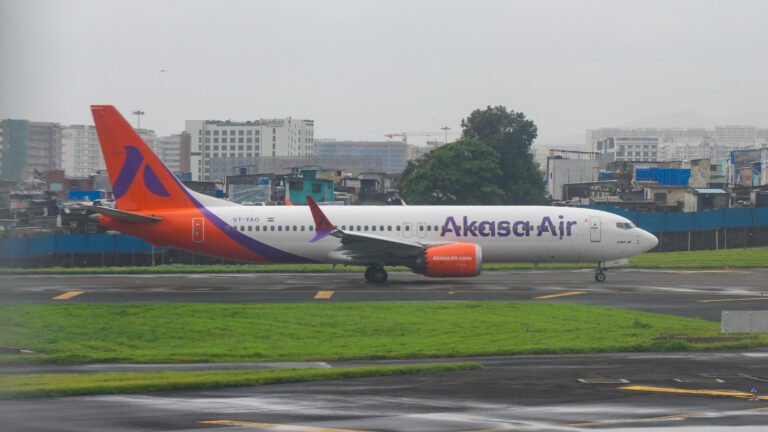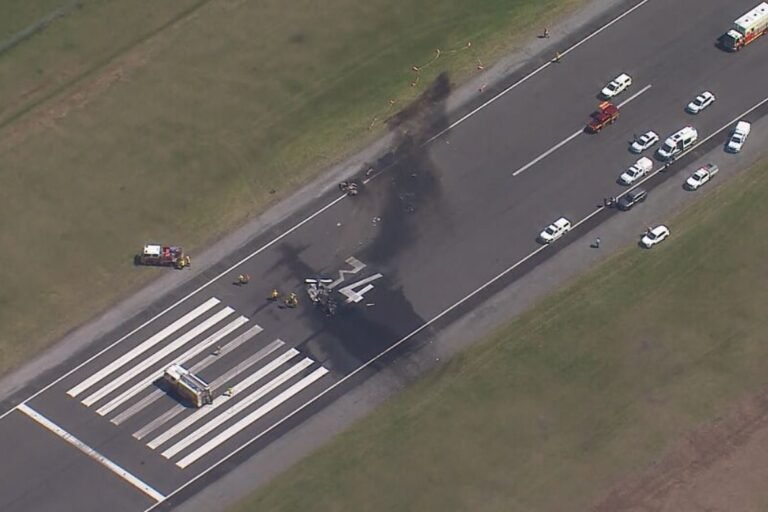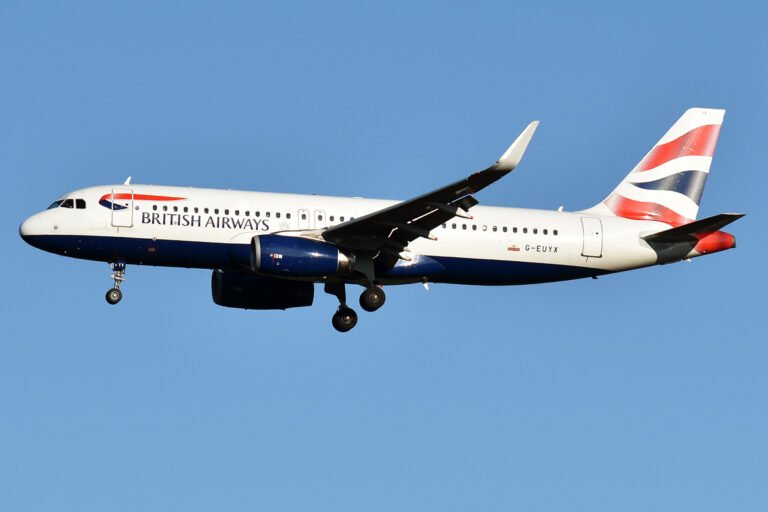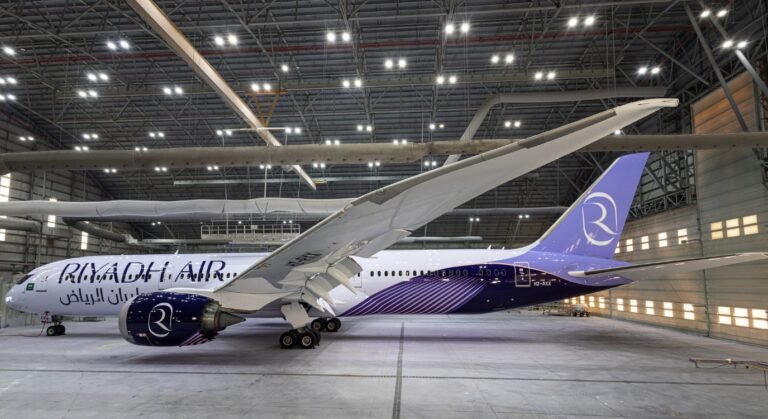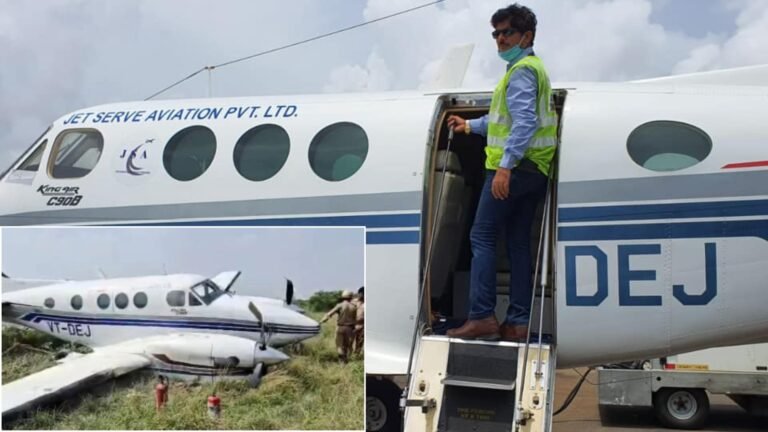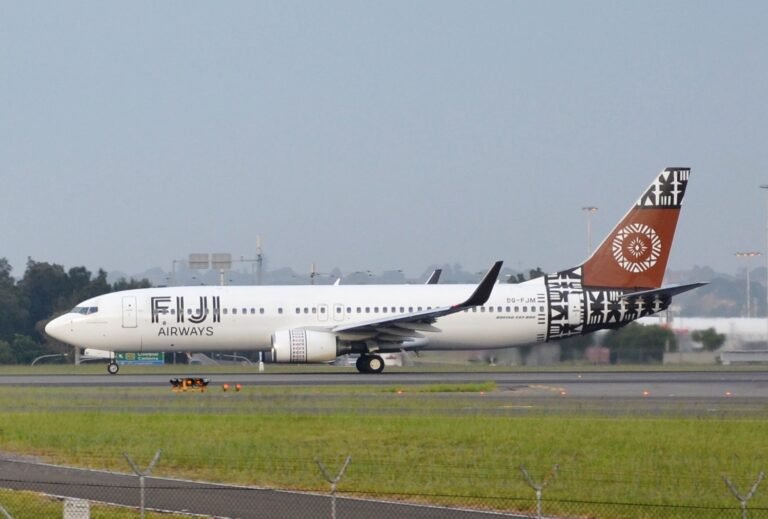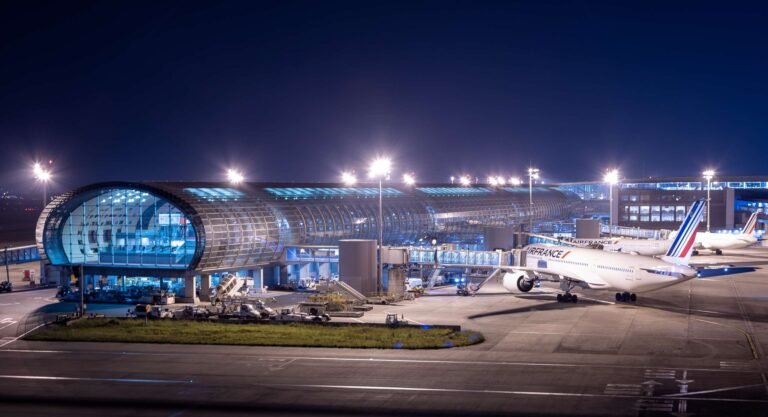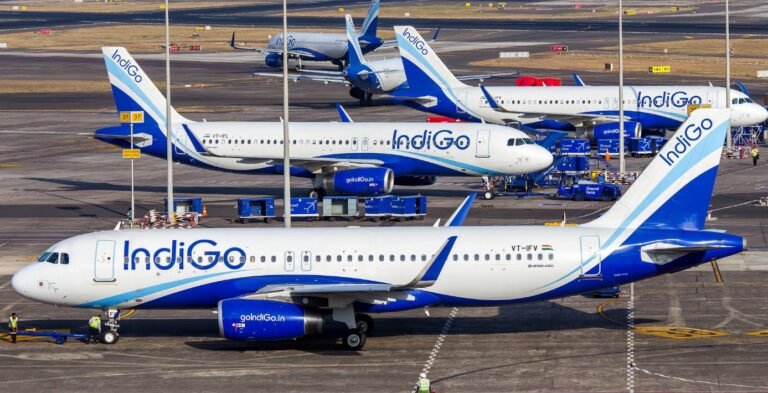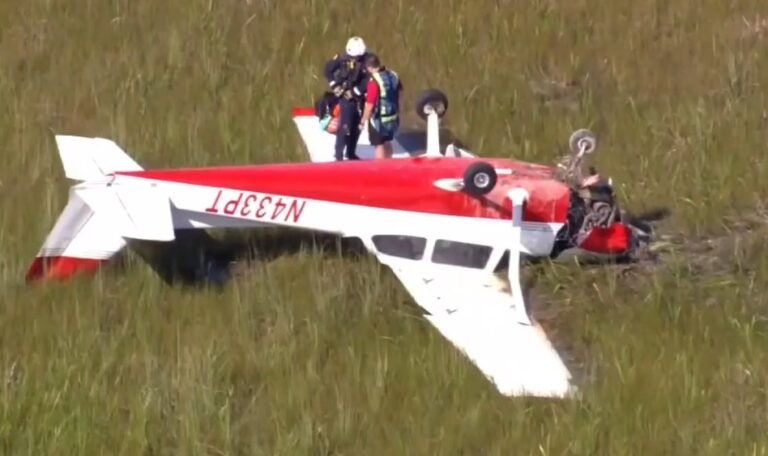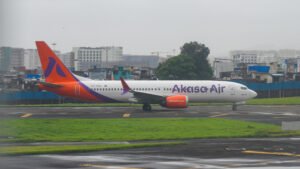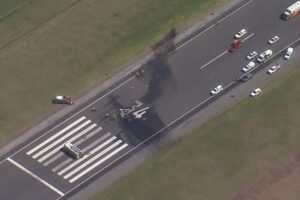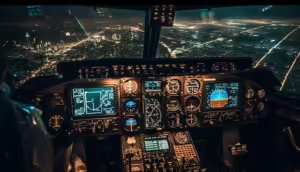Picture credits: Air India
New Delhi – Air India’s Mumbai-bound flight AI 2957 triggered a mid-air hijack alert on January 27, prompting an extensive security response before authorities confirmed it was a false alarm.
The incident occurred at approximately 8:40 PM when the aircraft’s transponder emitted a Squawk 7500 signal—a code used by pilots to indicate a hijacking situation. The emergency alert lasted for three minutes before the pilot clarified to Delhi’s Air Traffic Control (ATC) that it was a false alarm. However, aviation security protocols required authorities to treat the alert as a legitimate threat until a full assessment was completed.
Immediate Security Response
Delhi ATC responded swiftly, notifying all relevant security agencies, including the Indian Air Force, Delhi Police, the Central Industrial Security Force (CISF), the Airports Authority of India (AAI), and the Bureau of Civil Aviation Security (BCAS). A special committee was formed, and the Indian Air Force was placed on high alert as a precautionary measure.
Despite the pilot’s assurance that the aircraft was operating normally, authorities proceeded cautiously. One key concern was the possibility that the pilot had been coerced into reporting the situation as a false alarm. As a result, Mumbai’s Chhatrapati Shivaji Maharaj International Airport was put on high alert, and a full emergency was declared before the aircraft’s arrival.
Controlled Landing and Passenger Inspection
Flight AI 2957 landed in Mumbai at 9:47 PM, where emergency protocols were already in place. The aircraft was directed to an isolation bay, and security forces, including the National Security Guard (NSG), conducted a thorough inspection. Passengers remained on board for nearly an hour while authorities ensured there was no threat before allowing them to disembark.
Investigation into False Alarm
Aviation regulators, including the Directorate General of Civil Aviation (DGCA), BCAS, and CISF, have launched an investigation to determine the cause of the false alert. Officials are examining whether the incident resulted from pilot error, a technical malfunction, or a miscommunication with air traffic control.
While Air India has yet to release an official statement, a senior airline official, speaking on condition of anonymity, suggested that a technical glitch could be to blame. However, a final conclusion will only be drawn once the investigation is complete.
Aviation ministry officials confirmed that while the pilot immediately informed ATC that there was no hijack situation, emergency protocols had to be followed for safety reasons. “It is standard procedure to prepare for the worst in such scenarios,” an official noted.
Aviation Security Protocols in Action
This incident highlights the stringent aviation security measures in place to safeguard passengers and crew. Squawk 7500 (hijack alert), 7600 (radio failure), and 7700 (general emergency) are designed to communicate critical situations instantly. Even when an alert turns out to be a false alarm, authorities must treat it with the highest level of caution to prevent any potential risk.
Stay tuned to Aviation Today for latest updates in aviation.


